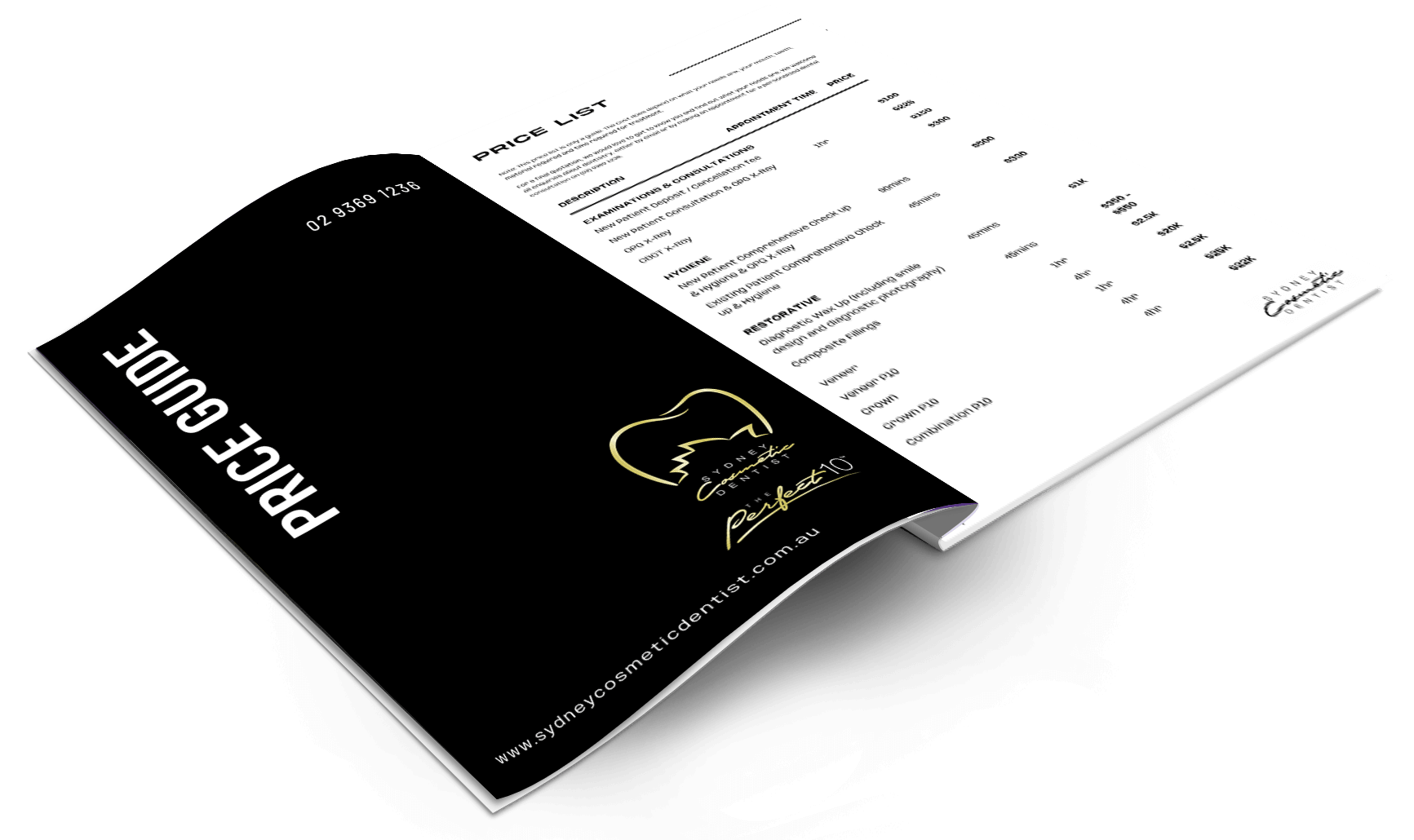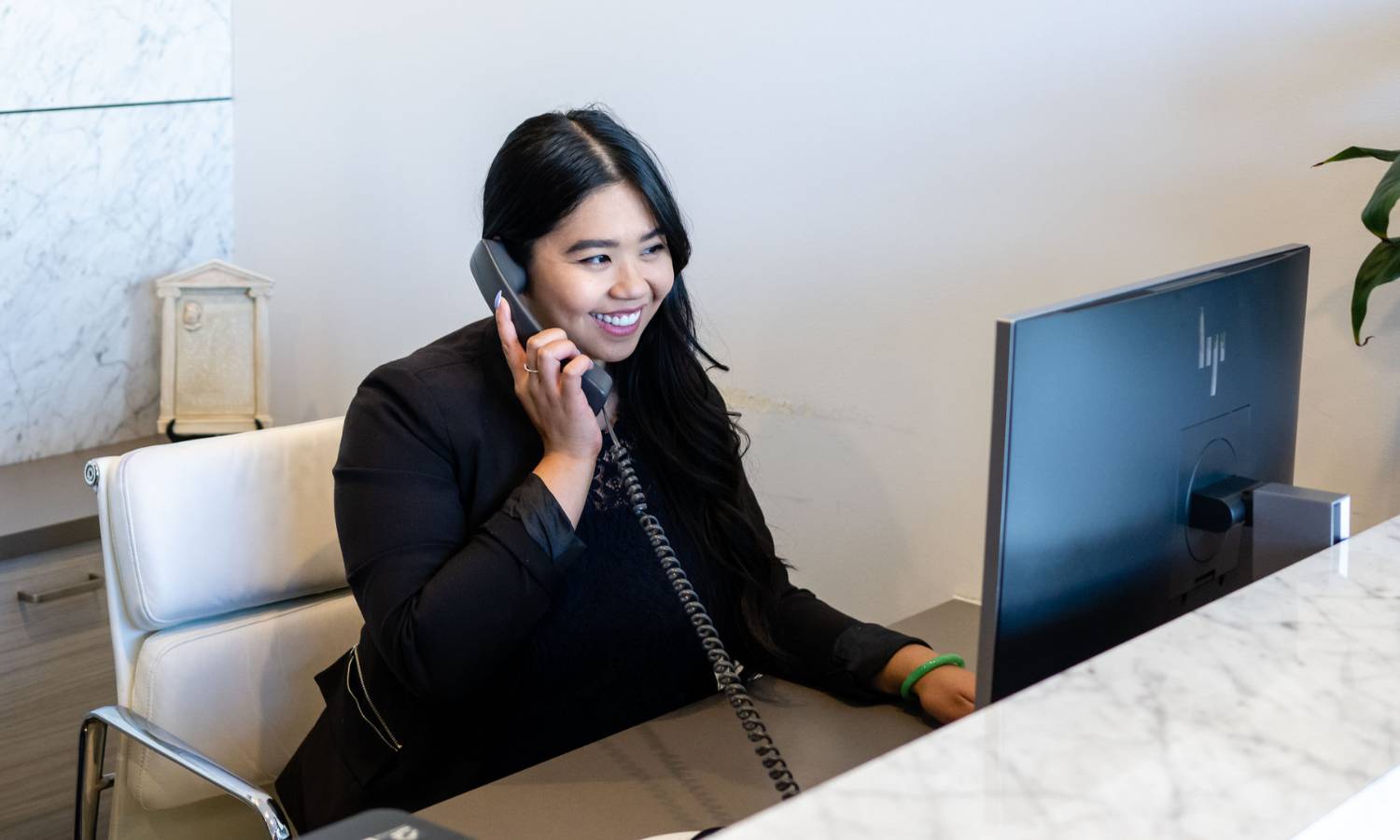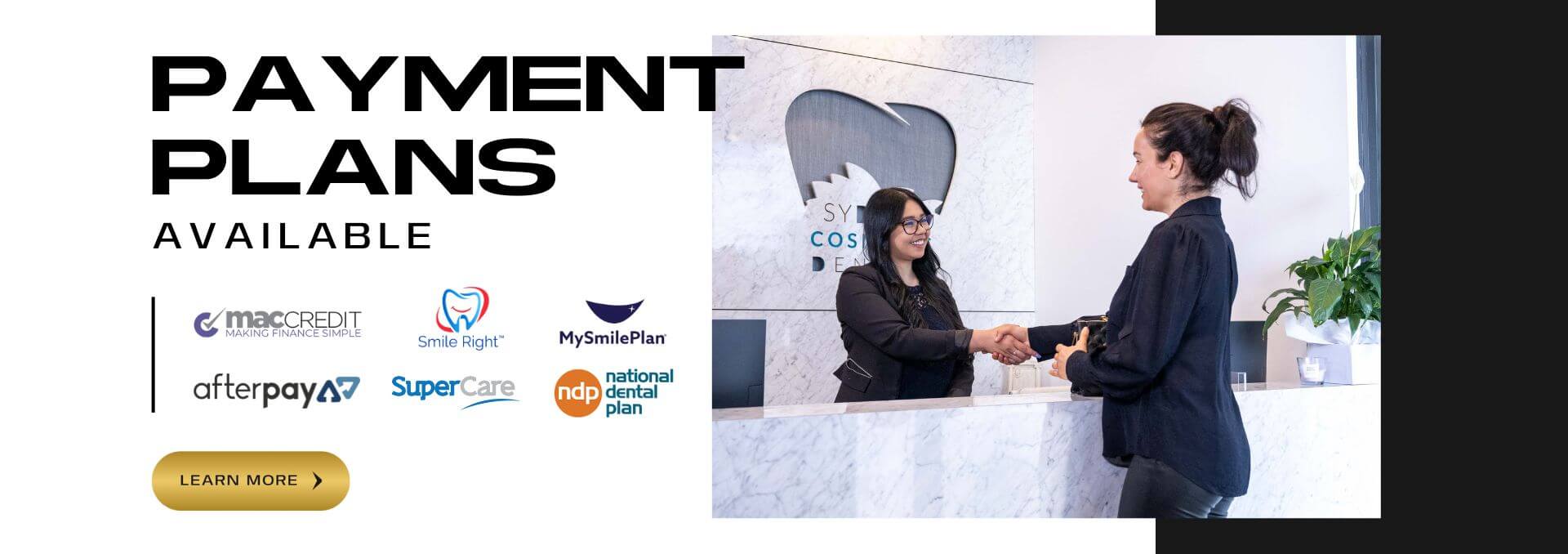Neuro-Muscular
Neuro-Muscular Bondi, Bondi Junction, Sydney
1 Introduction

Neuromuscular dentistry differs from “traditional” dentistry in the emphasis that is placed on the activity of the muscles that move the jaw, rather than where the teeth come together.
A neuromuscular relaxed position will ensure the activity of the muscles moving the jaws is not in conflict with the teeth and joints. Dental professionals recognise that the muscles which move the jaw must be in a comfortable and relaxed position.
2 Symptoms
What Happens When These Muscles Come into Conflict with the Teeth and Joints?
You will hear Dr Poulos explain treatment options such as occlusal splints with his explanatory catch phrases such as Face Yoga, Pilates for your Jaw, and as an Orthotic for Your Mouth.
3 PRICE LIST
Download Our Complimentary Price List

Download Our Complimentary Price List
4 Treatment
How Can Dr Poulos Treat These Symptoms?

The first goal of neuromuscular dentistry is to find the position of the jaw where the muscles are relaxed and at rest. This position in space is often irrespective to the position of the teeth.
Once Dr Poulos has verified the comfortable position of the lower jaw, we can fabricate a specialised appliance that allows that jaw to close correctly.
In this position, muscles are at an ideal length and will not go into spasm. Muscles will heal, pain triggers will go away and joint capsules will heal. The appliance is left in place for approximately three months, to stabilise the bite and ensure that all of the symptoms are gone.
At this point a personalised treatment plan will be decided upon.

5 Contact Us

Ready for a Gorgeous Smile
If you are ready to upgrade your smile, call now and schedule an appointment with us.
Dr Peter Poulos will begin with an initial conversation with you to fully understand your oral health goals and expectations, and you will be on your way to your new smile!
Disclaimer: The material posted is for informational purposes only and is not intended to substitute for professional medical advice, diagnosis or treatment. Results vary with each patient. Any dental procedure carries risks and benefits. If you have any specific questions about any dental and/or medical matter, you should consult your dentist, physician or other professional healthcare providers.
5 Contact Us
Ready for a Gorgeous Smile

If you are ready to upgrade your smile, call now and schedule an appointment with us.
Dr Peter Poulos will begin with an initial conversation with you to fully understand your oral health goals and expectations, and you will be on your way to your new smile!
Disclaimer: The material posted is for informational purposes only and is not intended to substitute for professional medical advice, diagnosis or treatment. Results vary with each patient. Any dental procedure carries risks and benefits. If you have any specific questions about any dental and/or medical matter, you should consult your dentist, physician or other professional healthcare providers.


